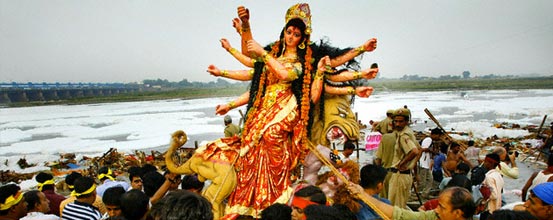» Ancient India » History of India
» Medieval India » Indian Cuisines
More About India..

» Bharatnatyam Dance
» Kathak Dance
» Kuchipudi Dance
» Odissi Dance
More Dances in India..

Rath Yatra Festival |
Offer Complete information about Jagannath Rath Yatra, Rath Yatra Festival, Jagannath Temple Puri, Puri Rath Yatra, Jagnnath Puri Rathyatra |
About India » Ancient India » History of India » Medieval India » Indian Cuisines More About India.. 
Dances
in India
» Bharatnatyam Dance » Kathak Dance » Kuchipudi Dance » Odissi Dance More Dances in India.. |
 |


Wildlife
in
India » Corbett National Park » Bandhavgarh National Park » Ranthambore National Park » Kanha National Park More Wildlife in India.. 
Indian City Guide
» Agra City Guide » Delhi City Guide » Jaipur City Guide » Leh City Guide More Indian City Guides.. 
Special
Attractions in India
» Adventure in India » Ayurveda in India » Wildlife in India » Yoga in India More Attractions in India.. 
Rajasthan Tour Packages
» Fascination Rajasthan » Rajasthan Desert Tours » Rajasthan Wildlife Tours » Rajasthan Treasure Hunt More Rajasthan Packages.. 
Special Tour Packages
» Discover Kerala » Best of North India » Kerala Pilgrimage Tour » Taj Mahal Holiday More Special tour Packages.. |
Jagannath Rath Yatra |
|
|